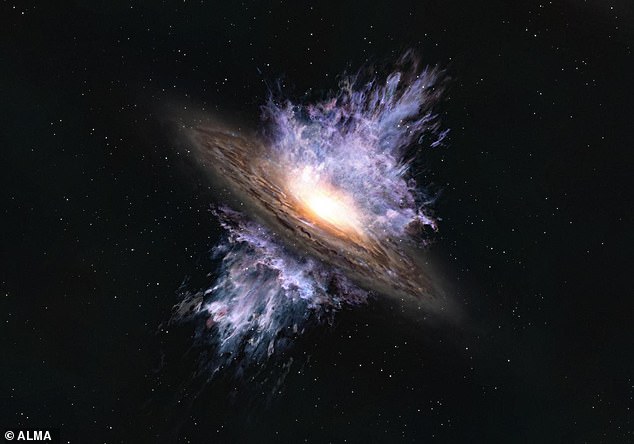I am a science and technology reporter for a mainstream publication. That means I cover pretty much anything that falls under the general concept of science or technology.
This is everything from the latest Apple rumours, through to cutting-edge research exploring the earliest moments of our universe. The latter of these is the one I am personally interested in.
The job requires a wide overview of all aspects of science and technology. In an example day I’ve written about Bitcoin, ultra-processed foods, the sound of rocket launches and a bronze age monument in Germany.
However, this past week I have had more time to work on space stories than usual, with a flurry of astronomy and astrophysics discoveries coming through. As well as space launch and policy pieces.
Tip to researchers by the way: The best way to get a journalist from a mainstream publication to pick up your study – have some really cool images or animations.
Here is a selection of space stories from the past week:
- Cosmic Hand! The remnants of a supernova explosion that looks like an ‘arm reaching into space’ is made up of light that first reached Earth 1,700 years ago, a new study discovered. [Read More]
- Brit-sat delay: A trio of British-built satellites due to launch on a SpaceX rocket tomorrow will have to wait a bit longer for their trip to orbit, after the firm delayed the launch. [Read More]
- Virgin licence: Space tourism firm Virgin Galactic has been given the go ahead by the FAA to take paying customers to the edge of space, in a first for the aviation industry. [Read More]
- Cosmic Dawn! The moment the first stars in the universe started emitting light happened between 250 and 350 million years after the Big Bang, a study revealed. [Read More]
- Are they watching? There could be as many as 29 potentially habitable worlds ‘perfectly positioned’ to observe the Earth if they hold an intelligence civilisation, according to a new study. [Read More]
- Star formation! An expanding bubble of hot plasma and ionised gas surrounding a region of space where stars are born has been captured in high-resolution for the first time. [Read More]
- Heading to the ISS! Thousands of people have applied to become a European Space Agency (ESA) astronaut including nearly 2,000 from the UK after the call for applications closed. [Read More]
- Venus-Alive! Earth’s ‘evil twin’ Venus may not be dead after all, according to astronomers, who spotted evidence of tectonic motion in the crust of the inhospitable world. [Read More]
- Storm watch! A supermassive black hole 13.1 billion light years from Earth is driving the earliest known example of a titanic storm with winds travelling at 1.1 million miles per hour. [Read More]


No responses yet